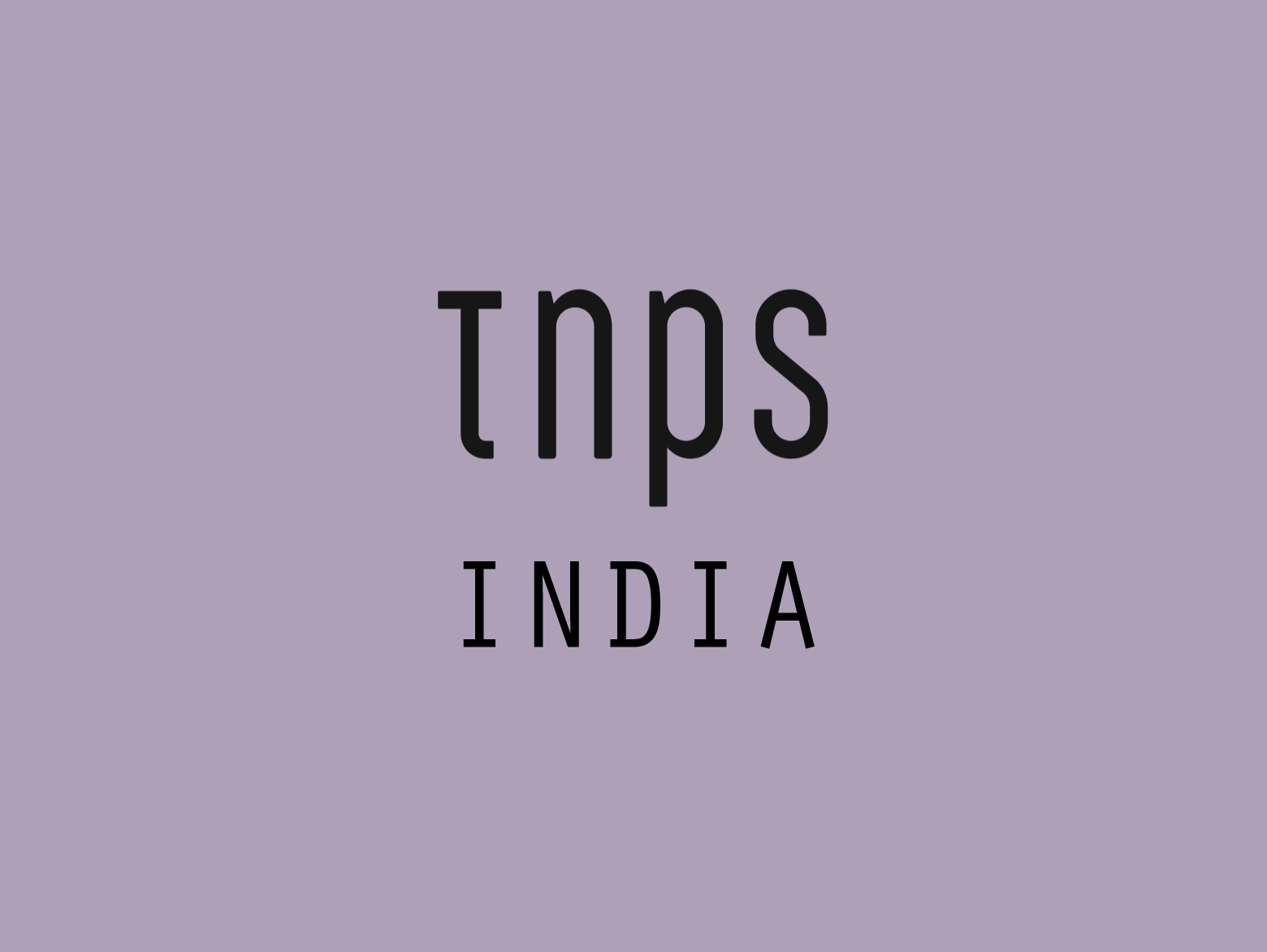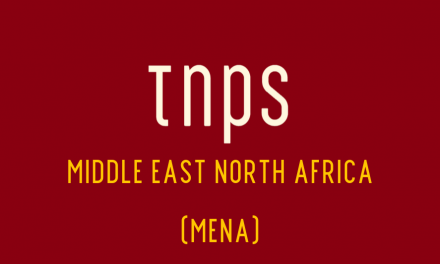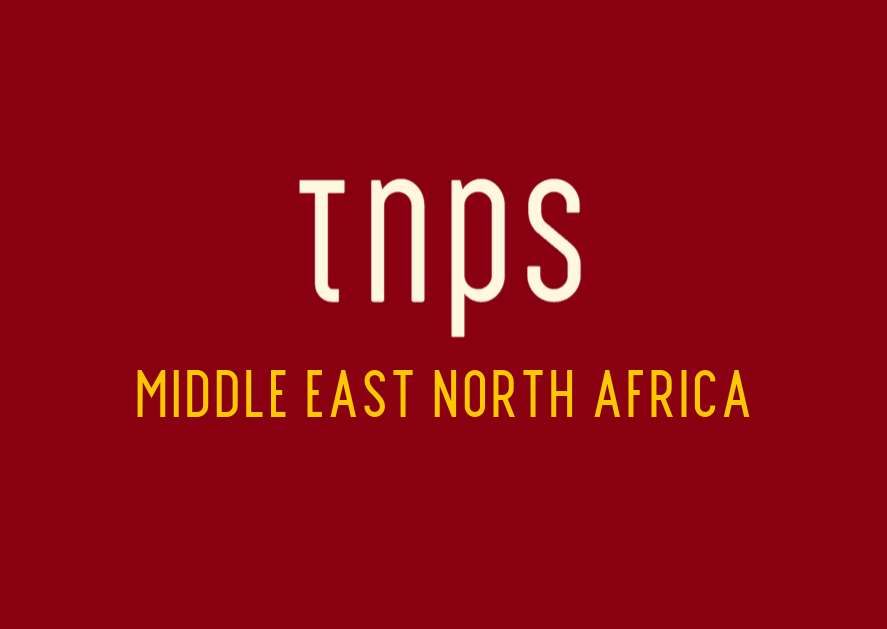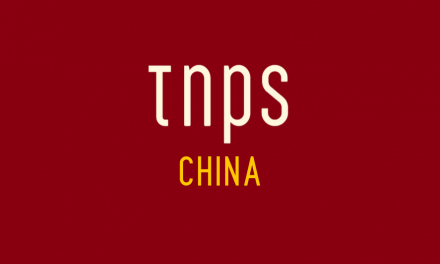A few days ago the Vijayawada Book Festival wound up in India, and today, January 14, is the last day of the New Town Book Festival, the Apeejay Kolkata Literary Festival, and the Hyderabad Literary Festival.
No figures yet for the 2018 Vijayawada event, but in 2017 books to the value of a half million dollars were sold.
Yep, Indians sure loves their books!
But all those book events paled beside the New Delhi World Book Fair, which also closes today.
As the Tribune reports,
The week-long New Delhi World Book Fair 2018 is drawing huge crowds in spite of the internet and e-books.
The final numbers aren’t available yet, but typically the New Delhi World Book Fair attracts around two million visitors, all eager to buy books.
Because “in spite of the internet and e-books,” or perhaps because of the internet and ebooks, international book fairs and festivals are booming, and it really is a Global New Renaissance, where social media and mobile phones are increasing the discoverability and awareness of books that might otherwise never have found readers.
For an insightful overview of the New Delhi World Book Fair from a reader’s perspective I commend this blog post from a New Delhi book-lover and World Book Fair regular.
But here to return to the Tribune and its report on how local language publishing is experiencing a new lease of life in India.
A welcome trend in the book fairs of such kind is the revival of interest in vernacular literature. The popularity of vernacular literature has increased so much that two halls have been reserved especially for them at the current New Delhi World Book Fair.
Said Mahohar Batham,
I have noticed a revival of interest in our own country and culture, especially among the young. In the seventies and eighties, there was an alarming feeling that Indian languages (were) going to be extinct soon. Now, I notice that though English has its importance, other languages are becoming increasingly popular … In the past several regions of the country such as the Northeast were not represented at book fairs, but now you will see that Northeastern languages, culture, literature is very getting very popular. The same is true of other languages. Translations from the regional languages to other languages, as well as English, have made the regional authors popular in other states.
Vivek Charan of the National Book Trust concurred.
In the past decade or so, there has been a consistent increase in the number of Hindi, Tamil, Bengali, Telugu, Urdu and readers of several other languages. There is a whole crop of new writers in almost all regional languages.
Vibhor Aggarwal of Sahitya Bhandar, Allahabad, observed.
Hindi readers are increasing and (the) sale of Hindi books is increasing by the day … We have printed a series of big authors for only Rs 50; this is very tempting for the book lover. By keeping the price low, we manage to sell more … direct from our showroom or at book fairs.
And that is what distinguishes the global consumer-centric book fairs from the trade-focussed book fairs we in the west are more used to.
As with the western book fairs, rights deals happen, networking happens, and ideas are exchanged, but the big crowds are there to buy books.
The Tribune report ends with a note of caution for those looking to get translations done for the Indian market.
While more and more books are being published in Bengali, Hindi, Oriya, Assamese, Gujarati, Kannada, Telugu, Tamil, Malayalam, and Marathi, the publishing scene in Punjabi is
not very vibrant.
But perhaps there’s an opportunity here to cast our net wider to embrace readers in both India and Pakistan.
As I’ve explored in past posts here at TNPS, Pakistan is an exciting market currently under-served by authors and publishers.
But I’ll end this post by returning to India, because while the first spate of Indian book fairs and festivals is drawing to a close, in India there’s barely space to breathe between one book festival and the next.
The Jaipur Book Festival kicks off on January 25, and on January 30 the world’s biggest book event, the Kolkata International Book Fair, will run through to February 11.
Last year 2.4 million visitors crammed in. With social media spreading the world, this year could set new records.





